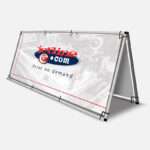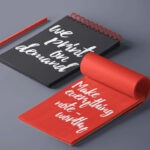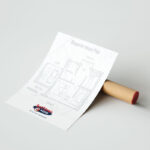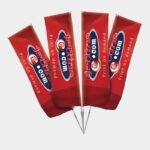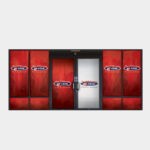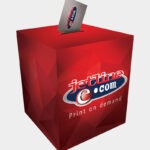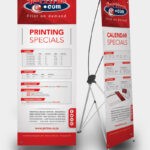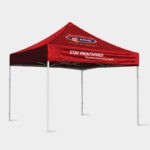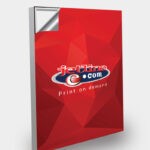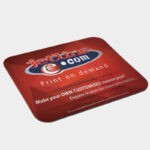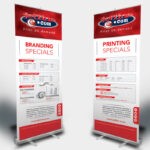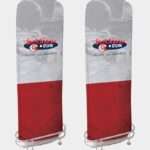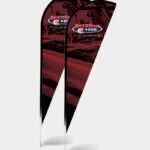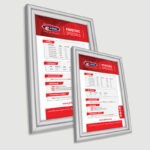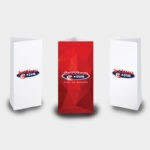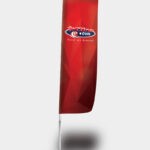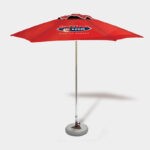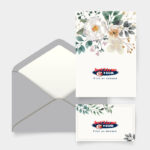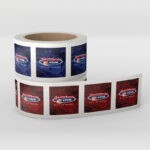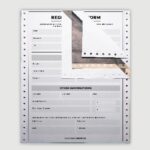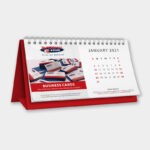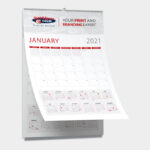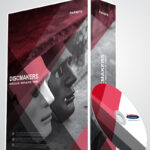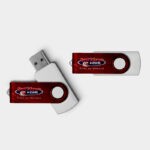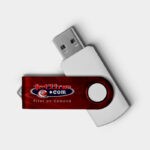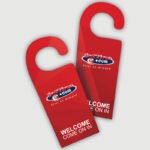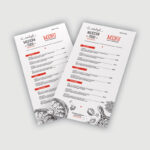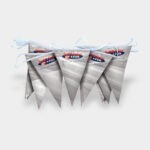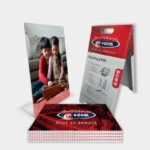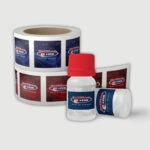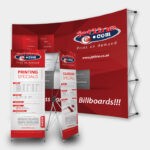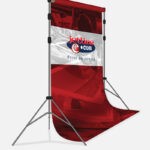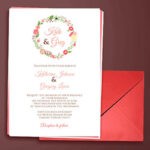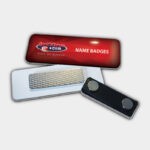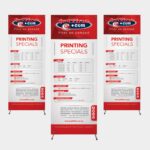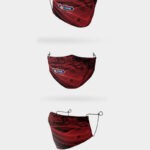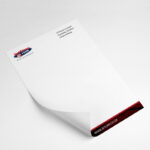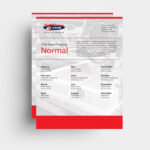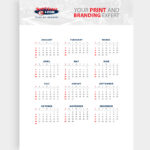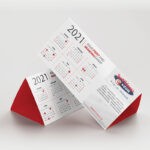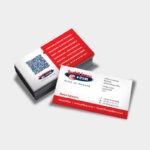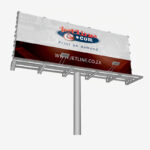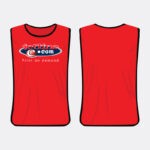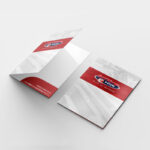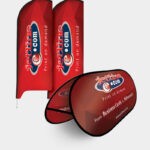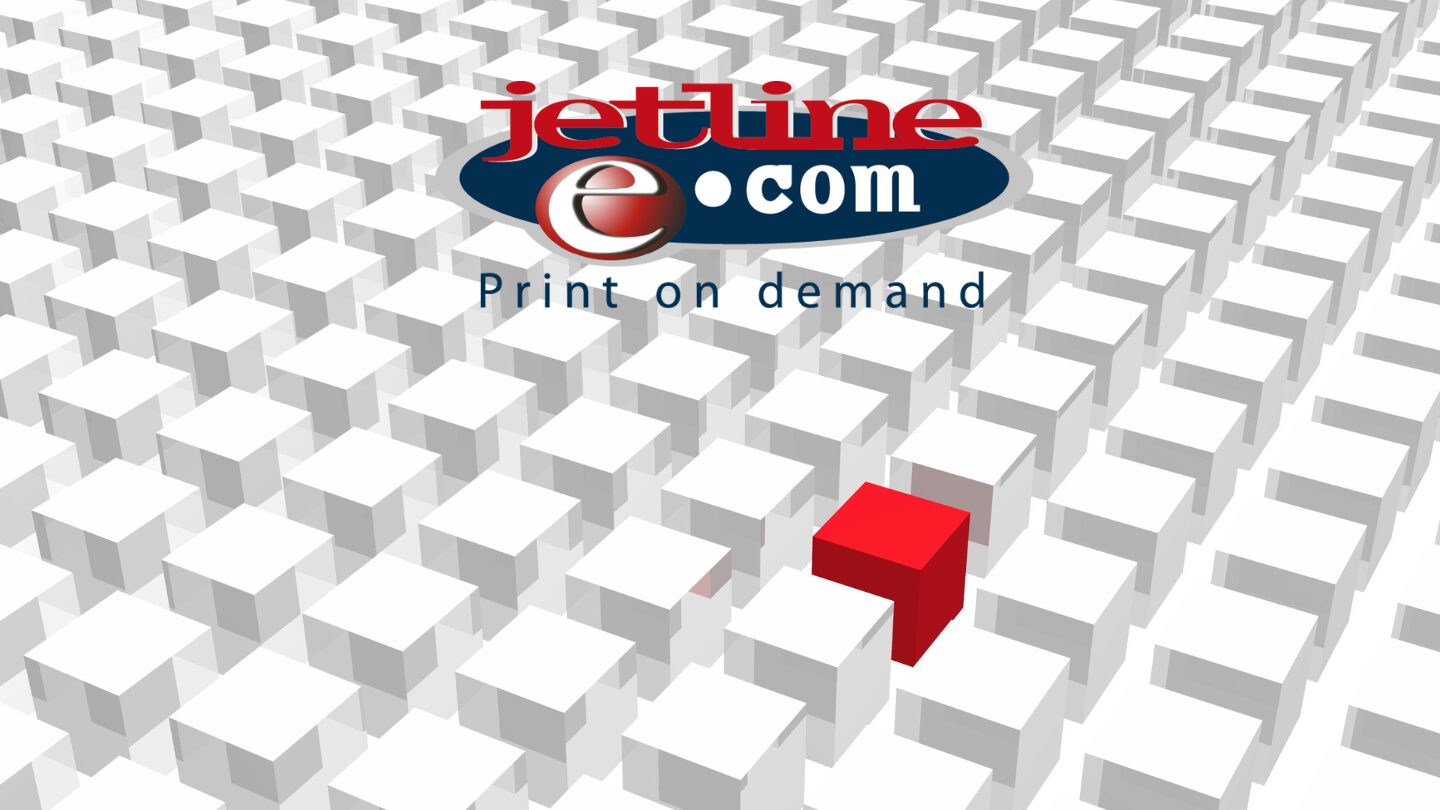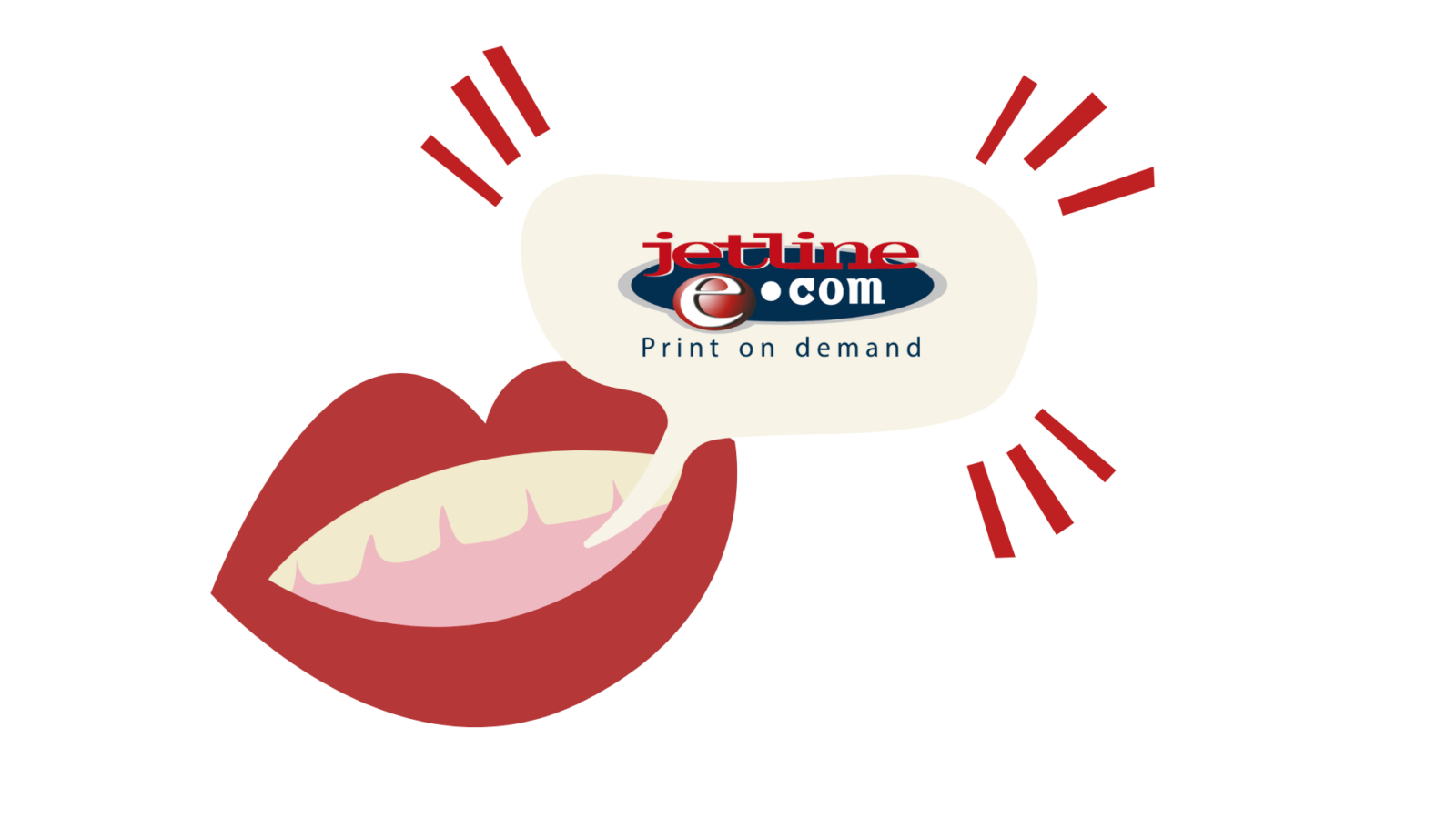We bet you have spent a lot of time crafting the perfect logo, message, marketing materials, and web presence for your business. You probably went back and forth with your graphic designer countless times to ensure the correct colour pallet, shape, and font for your logo design. Your probably spent hours working with a content writer to create a powerful tagline and brand message. Then you had the perfect batch of business cards printed, launched your website, and starting pumping your social media platforms with content.
Yes, you have invested time, effort, creativity, and focus on all of the above elements of your business. But if you have not put a plan in place to keep your brand look, feel, and message cohesive, it will all have been for nothing. Brand management is key!
If you want to keep your brand cohesive, memorable, and trusted, then you need to set up strict brand guidelines.
What are Brand Guidelines?
Brand guidelines refer to a set of rules and tools, and explain how to use your chosen branding elements. Your brand guidelines are used by graphic designers, content writers, marketers, printing companies, and anyone using your brand elements (such as your logo or tagline) to create your marketing materials.


Your brand guidelines are usually placed in book format. They cover how your brand functions and how the different elements of your brand come together to form your entire brand identity.
What should be included in your brand guidelines?
There are 3 core elements to include in your brand identity guidelines.
These are:
- Colour palette
- Typography associated with your brand, including the typefaces and type families
- Varying versions of your logo and how and when they should be used.
The above are the primary elements to include in your brand guidelines. The elements contained in your brand guidelines depends on all the different elements that make up your brand in its entirety.
Other principal elements to include in your guidelines:
- Graphics used separately from a logo
- Photography
- Symbols or icons
- Wordmarks
- Brand tone of voice for content and messages
Why should you have brand guidelines?
Now that you are aware of what should be included in your brand guidelines, it is important to understand why you need them.
No matter the size of your business, you need to be able to manage your business as it grows, and the same goes with managing your brand as it grows. Without brand guidelines, your message could simply change at any given moment! This could mean an inconsistent logo, improper graphic elements, and inappropriate brand messaging on your marketing materials. By having inconsistent branding, how can you expect your target market to remember you and trust you?
Below are a few reasons why you should have brand guidelines:
Brand Consistency is Key
For a brand to be memorable, it needs to be consistent. If you change your colours, and logo for different marketing platforms, how can you expect the consumer to recognise and trust your brand?

By having a brand guide in place, you ensure a uniform look and feel. This is not to limit your creativity, rather, it is to keep your brand recognisable and trusted. With brand guidelines in place, you can ensure that your brand elements are used professionally and effectively every time they are used. And this is how you build a powerful brand!
Set Rules and Standards
Your brand guidelines should include more than versions of your logo, and a brief outline of your colour palette. It needs to outline standards and rules which state how all those elements are used.
Not only will your brand guidelines include variations of your logo and where to use them, it will also include examples of how not to use them. Other rules that should be outlined include: spacing guidelines around your logo, typography spacing, and font families. This close attention to detail is just as important as knowing when to use the logo!
Your brand guidelines help anyone create a cohesive brand message, as they will understand which elements to use and what not to do.
Provide Employees with Tools
Your brand guidelines give you and your employees the tools to get your brand message across effectively. The elements that are in your brand guidelines work together, creating a streamlined brand message and ensures cohesive marketing communications.
No Confusion
Of course, not everyone uses all the elements outlines in your brand guidelines, it is still important that every single employee is aware of your brand identity. You want every employee to understand the brand messaging, and never stray from that message.
Remember, you know your brand well because you developed it. A new worker will not fully understand your brand identity and its rules and standards. Therefore, it is important to provide all employees with your brand guidelines, as it gives them greater insight into your business look, feel, and personality.
JETLINE: BRAND MANAGEMENT PORTAL

Jetline recoginsed a fundamental gap in the market for an effective brand management solution, thus the Brand Management Portal (BMP) was born. BMP is an all-encompassing system that functions as a digital style guide. It maintains your relevant brand information and guidelines, ensuring brand uniformity across all your marketing and corporate materials.
CONTENT MAINTENANCE
Ordering your stationery and marketing materials through BMP is simple. Your content can be maintained by your marketing department, agencies responsible for CI compliance, individual team members, or the Jetline BMP team. The templates include, but are not limited to, images, text, fonts, logos – ensuring content consistency.
With just a few clicks your order is loaded to the system and once approved by the relevant representatives, it is sent for printing.
UNIFORM BRAND COMMUNICATION
The Jetline Brand Management Portal maintains your CI from one central source. This is ideal for use in decentralised marketing organisations such as associated groups, large corporations, retail, and partner marketing. Our system functions to provide uniform communication, making it easy to adapt marketing materials.
PROGRESS TRACKING ANALYTICS
BMP also allows for real-time progress tracking. This provides you with access to view exactly what stage of production the product is in. Every aspect of production can be tracked including: what product was ordered, when the order was placed, and the person responsible for the order.
People do business with companies that they are familiar with. If your branding is uniform it becomes easily recognisable. This makes people feel at ease when purchasing your product or service. Remember: Your brand represents you and the value you promise your customer. Keep it consistent!
Contact our brand management experts for more information!



